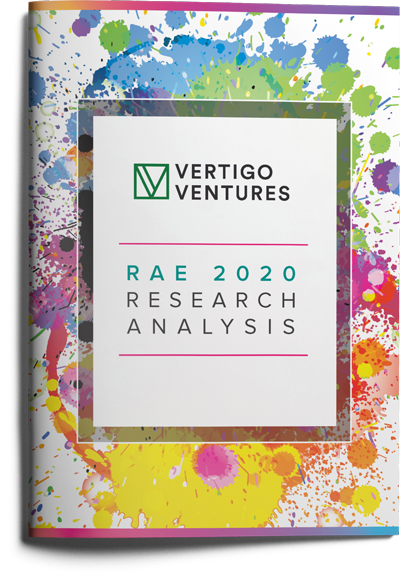Higher Education Impact Strategies around the World
Learn more about how different locations approach research impact – from national assessments to institution-led strategies
How Do Different Locations Approach Research Impact Strategies?
Traditionally in higher education, research impact has been aligned with bibliometric measures which capture elements of research productivity and academic impact (i.e. number of publications and citations). However, such measurements do not tell the full story of how academic research is making contribution to the economic, environment and environment. How do we know through number of publications or number of citations that renowned research is benefiting individuals, organizations or even public policy making?
One important way, which has seen varying states of adoption worldwide, is by incorporating consideration of impact beyond academia into national assessments – frameworks that, depending on region, can play a critical role in determining the amount of funding an institution can receive.

Analysis of Research Assessment in Hong Kong
Hong Kong’s University Grants Committee (UGC) introduced impact as part of its cyclical research assessment for the first time in 2020. We undertook an analysis with partners in Hong Kong, examining various factors and avenues around the sorts of research impact featuring in the Hong Kong universities that were assessed by the Research Assessment Exercise (RAE) 2020.
Among the findings are that it takes an average of 17 years for research to make an impact in society. You can download the report to learn more:

What are some examples of HEI impact strategies around the world?

EIA 2024 (Postponed)
Australia’s scheduled Engagement & Impact Assessment (2024) has been delayed pending on the outcome of the Mary O’Kane Accord in June 2023. The EIA is a counterpart to the ERA, designed to assess the quality of impact and engagement in Australian research.

Institutional strategies
Several of Denmark’s universities have adopted impact strategies, although there is as of yet no overarching national research assessment. Learn more about some of the institutional strategies through the analysis here.

RAE 2026
Hong Kong introduced an impact element into its Research Assessment Exercise (RAE) for the first time in 2020, drawing on the UK’s REF; learn more about our analysis here. The next edition will take place in 2026, where impact will possibly grow in importance.

SEP 2021-2027
The Strategy Evaluation Protocol (SEP) is a formative, rolling exercise designed to evaluate and improve research in the Netherlands. As part of this, impact and engagement are addressed, especially under the umbrella of societal relevance.

PBRF QE 2025
In June 2022, New Zealand’s Tertiary Education Commission (TEC) agreed in principle to recommendations to extend the definition of research excellence – which could lead to impact assessment playing a role in funding distribution after the next Quality Evaluation round in 2025.

HumEval 2015-2017
From 2015-2017, the Research Council of Norway (RCN) carried out a research impact evaluation focusing on the humanities. This exercise compared findings to the UK’s REF 2014, but unlike the REF is not tied to funding. Read the report here.

REE 2022
Poland closely followed the UK’s REF model for its Research Evaluation Exercise (REE), evaluating research impact across its institutions for the period 2018-2022. As part of this, 2,661 Impact Case Studies (ICS) were uploaded, in both Polish and English, to a searchable database.

REF 2028
The UK’s Research Excellence Framework (REF) pioneered impact in national assessments in 2014, with impact growing in importance for the 2021 edition and playing a key role in funding allocation. The next REF is expected in 2028. Learn more about REF 2021 here.



